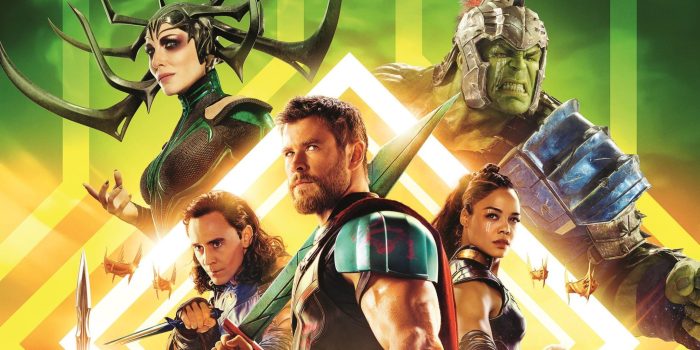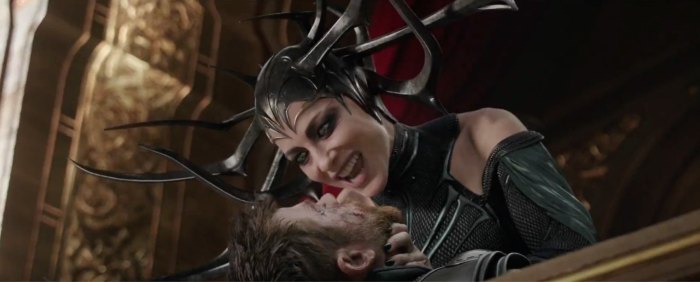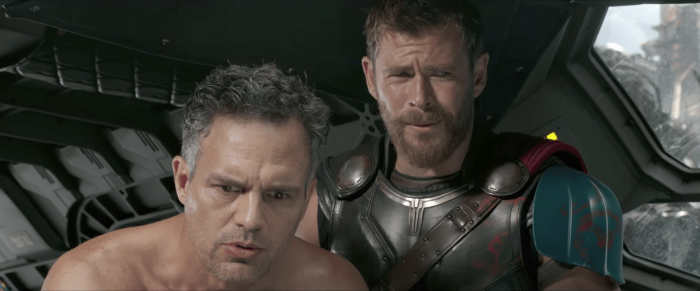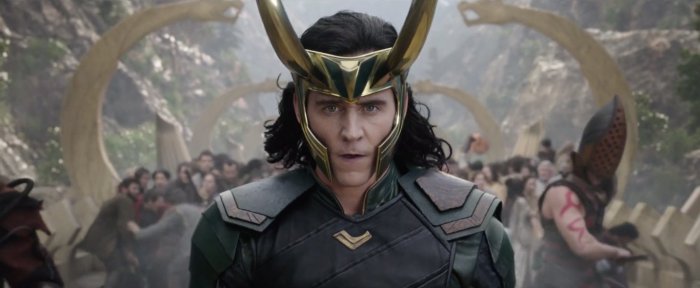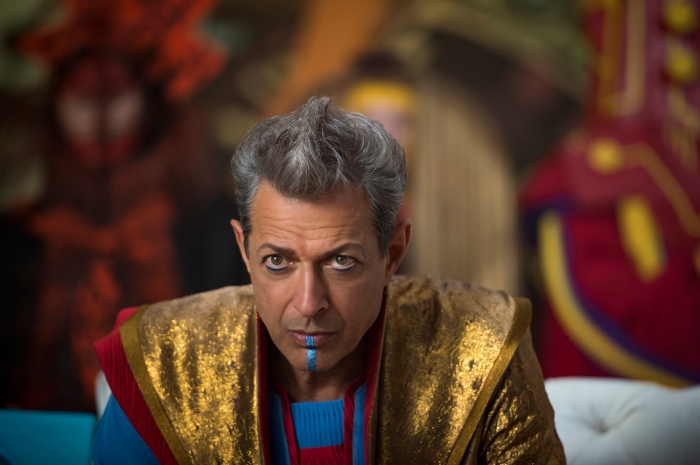Alas, I’m back this week to break another promise. I know those of you who actually read this regularly – thanks for that, by the way – are waiting with bated breath for the Tuesdays with Cory Christmas Extravaganza (Part 1 of ?), but that’ll have to wait another week, as I’ve seen an older movie recently that I felt the strong urge to say a thing or two about. That movie, which I streamed with friends as part of a semi-regular Cinematic Appreciation Society, was Eagle vs. Shark, a 2007 indie romantic dramedy from writer-director Taika Waititi, who’s known these days for such Kiwi comedies as What We Do in The Shadows (which a number of people have been essentially begging me to see, but I still haven’t seen) and Hunt for the Wilderpeople, along with the much more commercially present Thor: Ragnarok.

Bring back disposable cameras! Maybe don’t bring back that haircut. Actually, was that haircut ever even a thing?
Eagle vs. Shark is most readily comparable to Napoleon Dynamite (2004), both in terms of its comedic stylings and its extremely quirky production design. Now, I’m well aware that Napoleon Dynamite is something of a divisive film – I myself consider it great, and middle-school me thought it was just out-of-this-world fantastic, but outside of its cult following it’s a film that’s fairly maligned for reasons that I understand in spite of the fact that I enjoy Jon Heder‘s antics. I’m mentioning this because I imagine that Eagle vs. Shark would hit the mainstream American audience (most of whom I can’t imagine have seen this film) a similar way, in that a fraction of that audience would really enjoy it, whereas the rest would hate it. The comedy of Eagle vs. Shark is almost exactly the same hyper-awkward brand at times to the point that Waititi is arguably guilty of plagiarism, but there’s also a fair bit of the customary dryness typically associated with British/New Zealander humor tossed in. If you’re into that sort of thing, it winds up being quite funny, and I found myself laughing pretty hard during certain segments.

Probably one of the funniest scenes, featuring Eagle vs. Shark’s funniest supporting character (elite hacker Mason, played by Cohen Holloway).
The film follows two lovers who are about as un-star-crossed as you can get: first, we have Lily (Loren Taylor), a closet songwriter and extremely shy doormat who gets walked all over from the first frame, but who somehow manages to remain starkly optimistic throughout. Eagle vs. Shark‘s plot takes her from a short-lived job at a fast-food restaurant to a “Dress as Your Favourite Animal” party to which the film ultimately owes its namesake (note the “u” in favorite there), where she manages to impress her crush the old-fashioned way: by performing formidably in a tournament-style Mortal-Kombat-esque video game competition. From there, a cringey romance is born that takes Lily and her new boyfriend and electronics store employee Jarrod (Jemaine Clement, who you probably know from Flight of the Conchords, among other things) back to the latter’s hometown so he can confront his ultimate enemy in a fight, presumably to the death. As I’ve mentioned, the romance that forms the central conflict of Eagle vs. Shark is very Napoleon-and-Deb: cute in some sort of way, but drenched in stifling nerdiness and social ineptitude that manifests in the form of baffling character choices. I’ll also report that it often hit too close to home in terms of forced reliving of my high-school years.

Jarrod in full combat gear.
But there’s definitely more beneath the surface of Eagle vs. Shark than there is beneath the surface of Napoleon Dynamite. There’s some somber subplot in the form of Jarrod’s everlasting battle to make his father proud of him in light of the suicide of his prodigal son and Jarrod’s younger brother (cameo’d by Waititi himself). There are a few more mini-twists in terms of the central romance than you’d typically find in a run-of-the-mill romantic comedy, with an early breakup and the discovery that Jarrod has a child (presumably conceived with his late brother’s widow, though that’s more subtext than anything, and I could be wrong). Overall, there’s a much stronger sense of character growth than there was in Napoleon Dynamite, with the majority of that growth being parceled out slowly throughout the course of the film rather than in a single climactic and bizarre dancing scene – though Eagle vs. Shark’s catharsis sequence certainly claims its share of bizarreness – and in direct address of Napoleon’s haters, that’s almost certainly for the best.

No, this isn’t the cover of an alternative album.
There’s also a solid amount of visual pizazz lent to Eagle vs. Shark by Waititi. As I’ve said, in the production design sense it’s all Napoleon Dynamite here, with wallpaper, outfits (seriously, I need one of those track suits like, yesterday), and an astounding abundance of bland colors that makes you wonder what year the film is taking place in. Beyond that, though, lies a handful of shots with Wes Anderson-y cinematography, and some solid use of visual metaphor, both in terms of the recurring stop-motion apple motif (are the apples the characters’ souls?) and the overtly artsy but not remotely unpleasant sleeping-bag sequence towards the film’s end. The film’s pleasingly brief 88 minutes are also scored wonderfully by The Phoenix Foundation, among others. In the cinematic sense, I guess what I’m trying to say with this paragraph is that maybe what Eagle vs. Shark is is an exercise in the time-honored tradition of taking familiar thematic elements and wrapping them in novel packaging to make them fresh again, and in this case, that packaging is absurdly quirky. It all begs the question: is such a rewrap happening too soon?

Putting a romantic bus scene at the end of a movie is a bold move. I mean, hasn’t Taika seen The Graduate?
So yes, in many ways, Eagle vs. Shark is a carbon-copy of a surprisingly successful movie that came three years before it, and it’s hard to say for this reviewer whether the seeming homage went so far as to become blatant theft of intellectual property. With that said, I don’t altogether agree with its midrange Rotten Tomatoes score, and I feel that the film undoubtedly appeals, either intentionally or unintentionally, to a larger audience than that of the higher-rated Napoleon Dynamite, and carries with it both a bolder directorial flair and a more prevalent penchant for subtext that actually sends a message. If you can handle the jokes that are so awkward that you can’t even laugh at them, then Eagle vs. Shark is likely for you. Check it out on Amazon, Youtube, Google Play, or likely most places in which you can pay to stream a movie.
